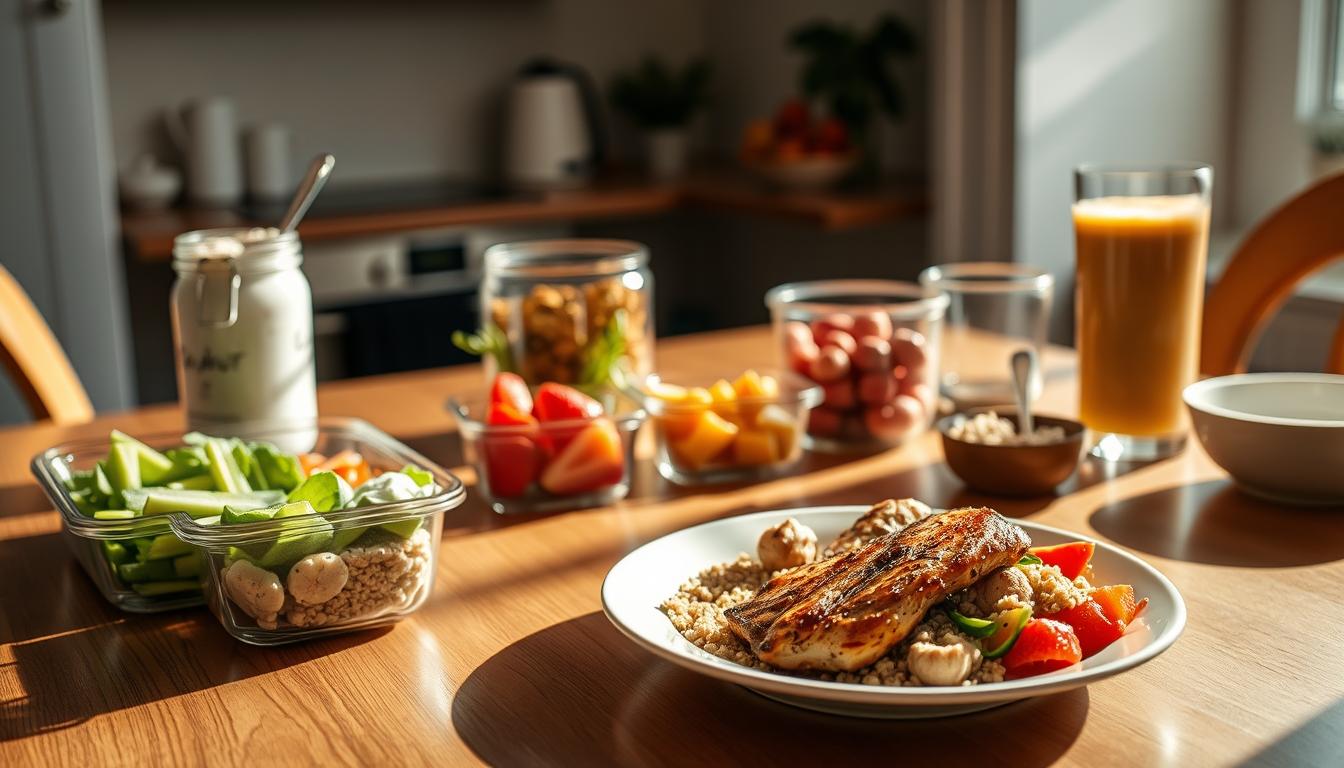Did you know that nearly 30% of adults in the United States have tried some form of intermittent fasting? The 16:8 method, where one fasts…
Intermittent Fasting Meal Plans
Intermittent Fasting Meal Plan for Beginners
Did you know that nearly 45% of adults in the United States have tried some form of intermittent fasting to improve their health and achieve…
